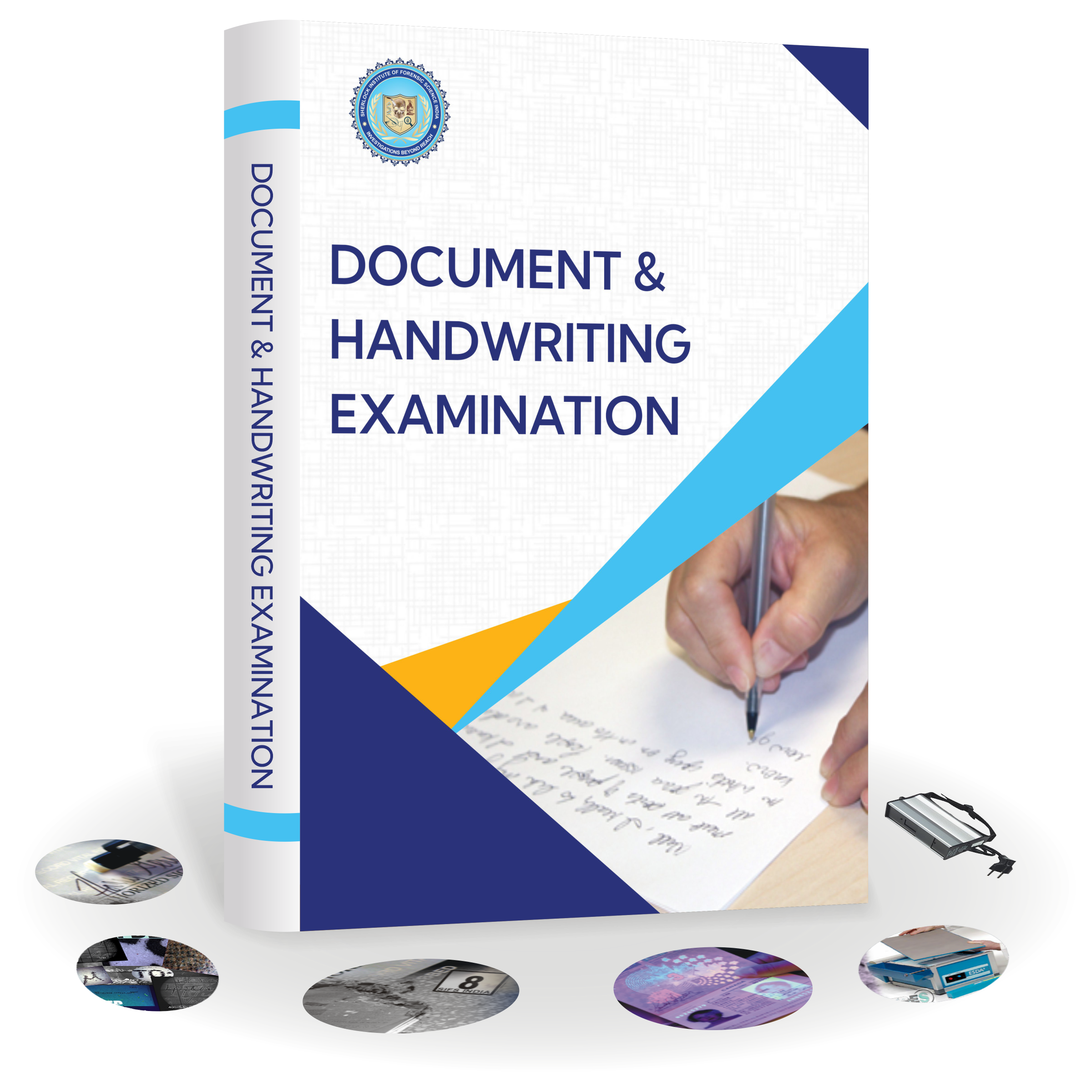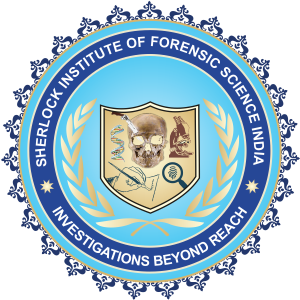MODULE 1 – INTRODUCTION TO DOCUMENT
This module covers document examination concepts, documents as evidence during legal proceedings, historical development, document examination principles, and the collection and preservation of documents as evidence. You will also learn about ethical considerations, common challenges faced by experts while examining documents, and the steps involved in presenting examination reports in court.
MODULE 2 – PHOTOGRAPHY OF DOCUMENT
In this module, you will learn about document photography techniques and their role in documenting and preserving records, along with methods to capture conventional and unconventional document surfaces using appropriate cameras and light sources. The module also covers the study of photomicrography (microscopic examination of documents), image processing techniques (ensuring image clarity for analysis), and other crucial photography skills required for effective document analysis and preservation.
MODULE 3 – HANDWRITING EXAMINATION AND COMPARISON
This module focuses on handwriting fundamentals, writing instruments, handwriting systems, principles of handwriting examination, differences between class characteristics and individual characteristics, factors affecting handwriting, and natural variations and fundamental divergences present in handwriting. You will also gain insights about examining and comparing handwriting samples, the importance of report writing, and common challenges encountered during handwriting examination.
MODULE 4 – IDENTIFICATION OF SIGNATURE AND FORGERIES
In this module, you will learn about signature examination, signature-related forgeries and their history, methods to differentiate between genuine and fake signatures, methods of producing forged signatures (traced forgeries, simulated forgeries by memory, spurious signatures, impersonation, spouses' imitation, and forgery by transplantation), identification and examination of forged signatures, evaluation of non-original signatures, assisted or guided signatures, types of electronic signatures, and the challenges encountered during examination.
MODULE 5 – PAPER AND INK ANALYSIS
This module covers paper and ink examination, including visual examination methods (color, finish, watermark, cutting, size, rounded corners, and binding), physical examination methods (thickness, paper type (wove or laid), opacity, and wire marks), detailed ink examination, types of ink and their compositions, and ink identifying methods. You will learn both non-destructive and destructive techniques for ink analysis, along with ink and paper dating techniques.
MODULE 6 – WRITING/PRINTING INSTRUMENTS AND EXAMINATION OF DOCUMENTS PRODUCED
This module covers the study of writing and printing instruments, like pen and pencil (types and comparative examination of features of pen), typewriter (types and working). You will also learn about typescripts, printers, duplicate typescript examination printers, the workings of fax machines, and photocopiers to examine typewritten and printed documents (photocopies, facsimile/fax documents, manipulated fax, and fax handwriting) that assist in identifying the typist, along with the role of cameras and scanners in document production and examination.
MODULE 7 – OTHER TYPES OF QUESTIONED DOCUMENT AND THEIR EXAMINATION
This module covers alterations present in documents (obliteration, addition, and deletion), techniques to detect alterations, indented documents and charred documents, and examination methods to examine damaged or partially destroyed materials. You will also learn about anonymous letters, secret writing techniques, and the difference between holographic and allographic documents, along with the knowledge to handle a wide range of questioned documents.
MODULE 8 – PRINTING TECHNOLOGY
This module introduces you to different types of printing methods, like letterpress/relief printing, lithography printing, gravure/intaglio printing, raised printing, and screen printing. You will gain essential skills to identify distinctive features associated with each printing technique that will help you accurately determine the origin of printed materials.
MODULE 9 – SECURITY FEATURES IN DIFFERENT TYPES OF DOCUMENTS
In this module, you will learn about security features present in various important documents (voter ID cards, driving licenses, national ID cards, passports, stamps and e-stamp papers, bankers' cheques, QR codes, bar codes), identification features on Indian and other currencies, and seal and seal impressions. This module will prepare you to authenticate the documents required to prevent fraud and maintain the security of important records and assets.
MODULE 10 – TECHNIQUES AND INSTRUMENTS USED IN DOCUMENT EXAMINATION
This module covers essential tools and techniques needed for document analysis and verification, including basic tools like magnifying glasses, scales, and cameras, and specialized tools like microscopes (stereomicroscopes and comparison microscopes), Video Spectral Comparator (VSC), Electrostatic Detection Apparatus (ESDA), various light spectrums (visible, ultraviolet, and infrared), chromatography, and spectrometry.



